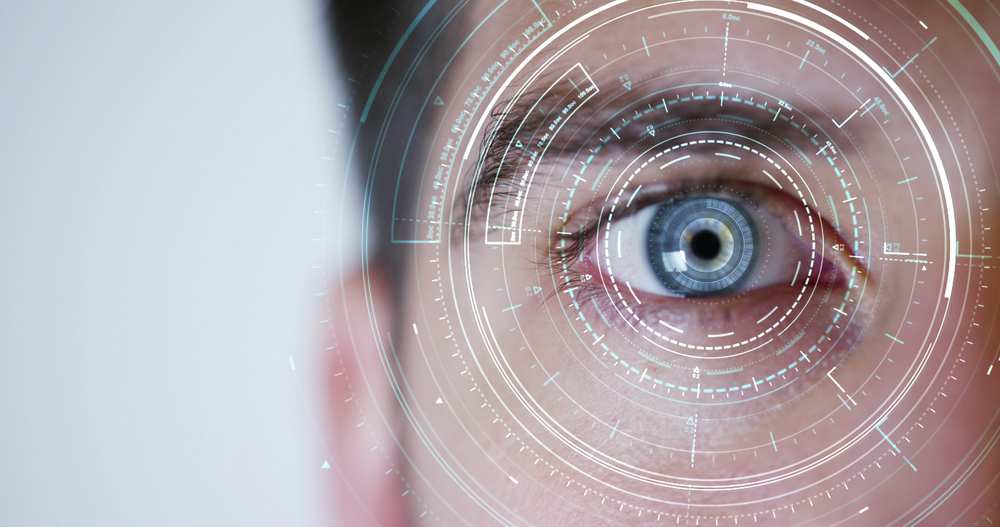Back in the day, before everyone was so tethered to smart device, those inclined to keep track of what they ate and how much they exercised did so with pens and paper.
Volumes touting the next miracle diet and thick paperbacks listing every sort of nutritional breakdown from soup to nuts were brisk sellers.
At health clubs, metrics were logged by hand on exercise cards toted from mat to treadmill to weight machine. Truly dedicated fitness fanatics even wore watches equipped with timers and lap counters.
Fast forward to today. All of the above and more are available on handheld and wearable devices, many of astonishing sophistication. Iffy pedometers and bulky heart rate monitors have given way to sleek wristbands or tiny trackers clipped inconspicuously to clothing, logging everything from steps taken and sleep cycles to blood pressure, calories burned and blood sugar levels. Wearable heart rate monitors let exercisers know their precise burn.
Functionality and sophistication continue to grow. Apple is rumoured to be close to coming out with its next product line – iWatches – that will track workout metrics.
Meanwhile, Samsung is on the verge of releasing its own line of smart watches, which will feature apps to count steps, monitor heart rates, measure calorie outputs, take pictures of meals, and share the data.
Gadgets such as the Endotheliometer, a device for the wrist developed by the University of Lancaster, purport to determine how long a wearer might live by assessing the rate of dissipation of the endothelium (the cells that line blood vessels).
Data Tracking
Many of these tracking devices and Wifi-equipped scales, are linked to publicly available websites that compile and synthesise a user’s food, exercise, weight and sleep inputs into reports reflecting net input and output metrics.
Endomondo, for example, tracks and shares workout activity data with other social users. You can even find out basic details about your genome, including inherited conditions and the composition of your ancestry.
Collection and tracking of data is becoming increasingly fascinating to the general public. A January 2013 report from the Pew Research Center’s Internet and American Life project Tracking for Health found, for example, that 69% of US adults track a health indicator, and of those, one in five uses technology-based tracking devices, (up from 15% in 2010).
ABI Research is forecasting that the wearable device market will grow to 485 million annual device shipments by 2018.
Are there implications for life and health insurers? Of course. Life insurers already use data about prescription drug use and automobile infractions in underwriting, telematics applications have been broadening, and group insurers are already gathering specific biometrics.
Even The Mayo Clinic in Rochester, Minnesota is running a pilot program where a Fitbit – a wearable device that tracks steps, sleep, and calories eaten and burned – is used to measure the activity of elderly patients recovering from elective cardiac surgery, which might have the potential to shorten hospital stays for these patients.
Thus far, the idea of health insurance companies taking Quantified Self data and using it to set premiums is not a popular one, due primarily to privacy concerns. But insurers are already deploying biometrics in other ways.
In 2012, several insurers began to gather biometric data for wellness programs, even providing discounts on premium contributions to group health insurance participants willing to provide height, weight and blood pressure, to determine whether such data could enable cost savings and greater operational efficiency.
Insurers could also provide trackers to buyers of their policies and say: ‘Use this for six months, and if your metrics are good, we will review your premium to see if it can be reduced’.
The Wall Street Journal reported earlier this year that Blue Cross and Blue Shield of North Carolina has begun buying spending data on participants in its employer group plans.
The aim is to ensure those who could be flagged, say, for obesity could be encouraged to use the wellness plan. In May, Ghana’s National Health Insurance Authority began to verify claims from its service providers using biometric data from cardholders to reduce fraudulent claims by providers.
When a cardholder visits a health facility, the system captures his or her biometric data and creates a claim code. Health providers that don’t process claims through the biometric system will not be paid for claims.
As insurance companies become more savvy about social media, could an applicant’s exercise and diet habits, recorded to share with friends, become fodder for underwriters and claims adjudicators? This could be worth exploring, but insurers should be highly cognisant of the risks, from privacy to antiselection, of doing so.


